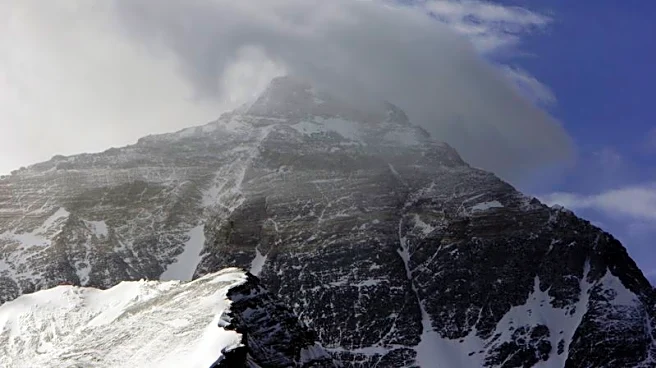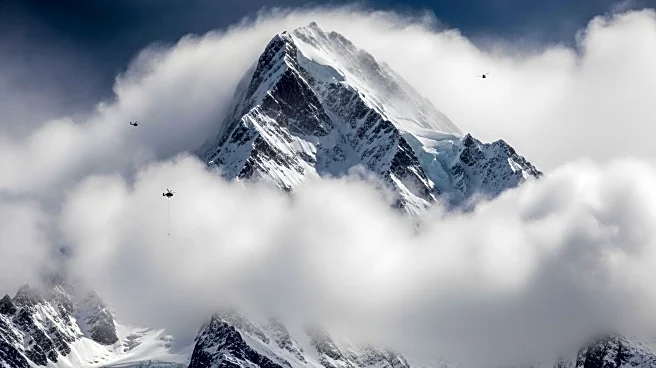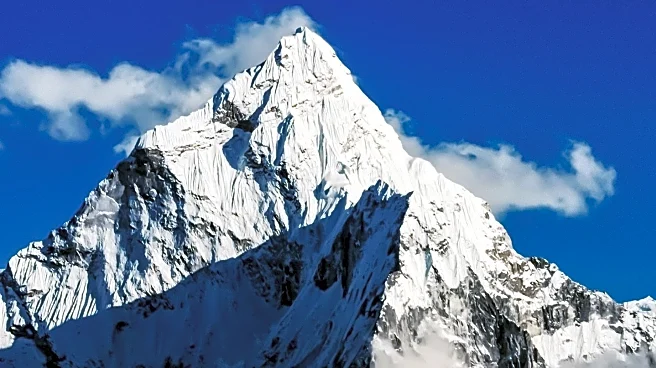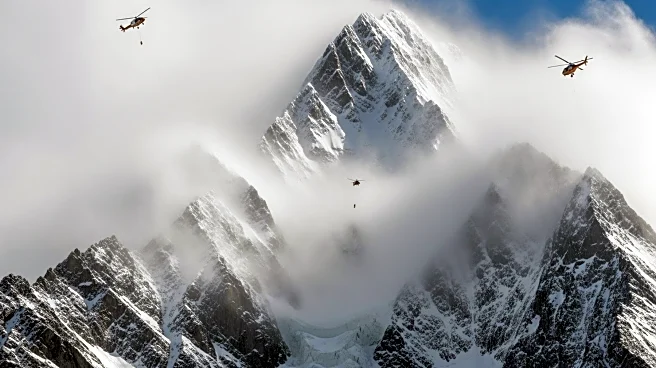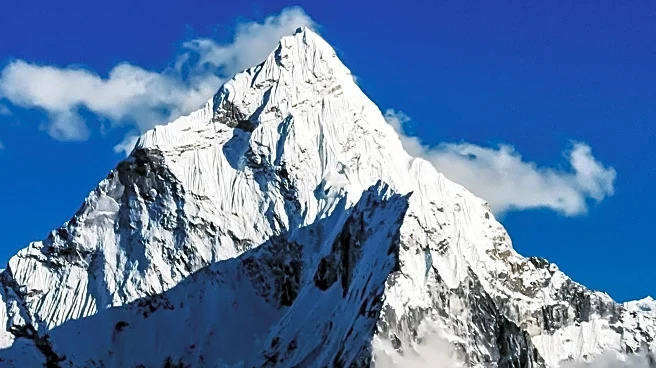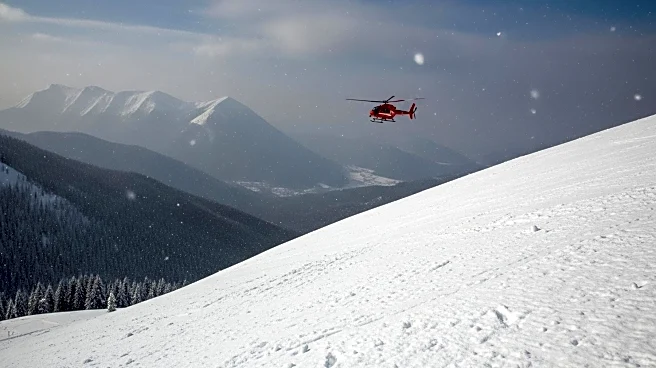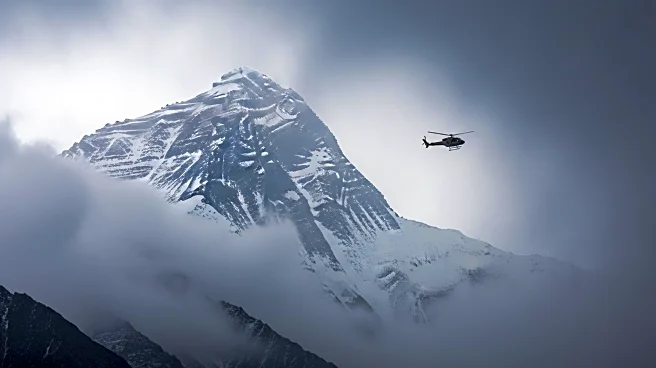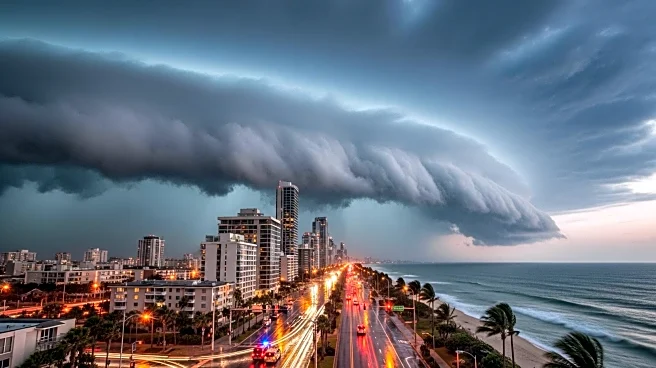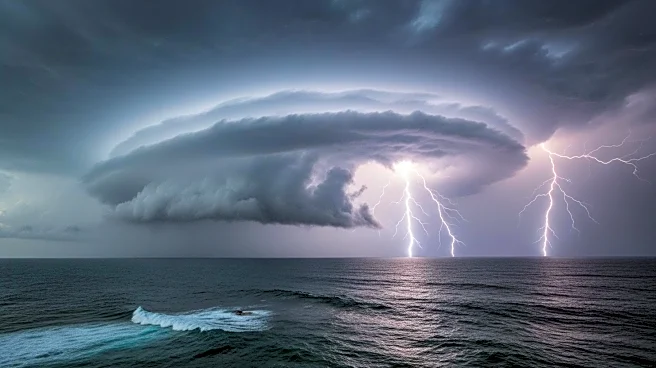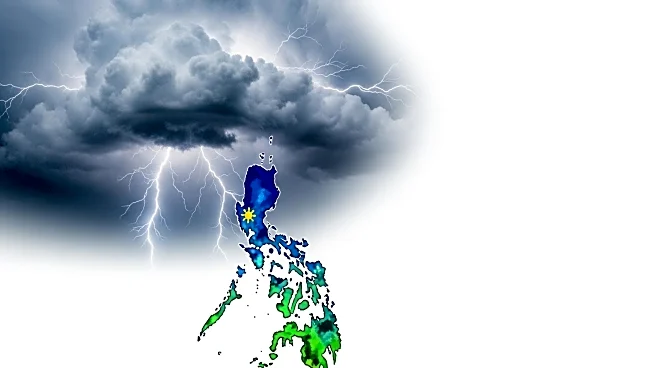What's Happening?
A severe blizzard on the Tibetan slopes of Mount Everest has stranded nearly 1,000 trekkers, climbers, and support personnel. As of Sunday, 350 individuals have been rescued and brought to safety in the township of Qudang. The blizzard struck during China's National Day holiday, a peak period for trekking in the region. The sudden and severe weather conditions have raised concerns about the safety and preparedness of climbers in the Himalayas.
Why It's Important?
The incident highlights the increasing risks posed by severe weather patterns in the Himalayas, which are becoming more unpredictable due to climate change. The rescue operation underscores the need for improved emergency preparedness and response strategies for climbers and trekkers in high-altitude regions. The event also draws attention to the impact of tourism on local communities and the environment, as the influx of visitors during peak seasons can strain resources and complicate rescue efforts.
What's Next?
Rescue operations are ongoing, with efforts focused on guiding the remaining stranded individuals to safety. Authorities have suspended ticket sales and entry to the Everest Scenic Area to facilitate rescue efforts and prevent further risk. The incident may prompt a review of safety protocols and emergency response plans for trekking and climbing activities in the region. Additionally, there may be increased scrutiny on the impact of tourism on the environment and local communities.
Beyond the Headlines
The blizzard and subsequent rescue efforts may lead to a reevaluation of tourism policies in the Himalayas, particularly concerning the balance between economic benefits and environmental sustainability. The incident could also spark discussions on the role of climate change in altering weather patterns and the need for global cooperation to address these challenges.

